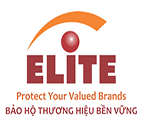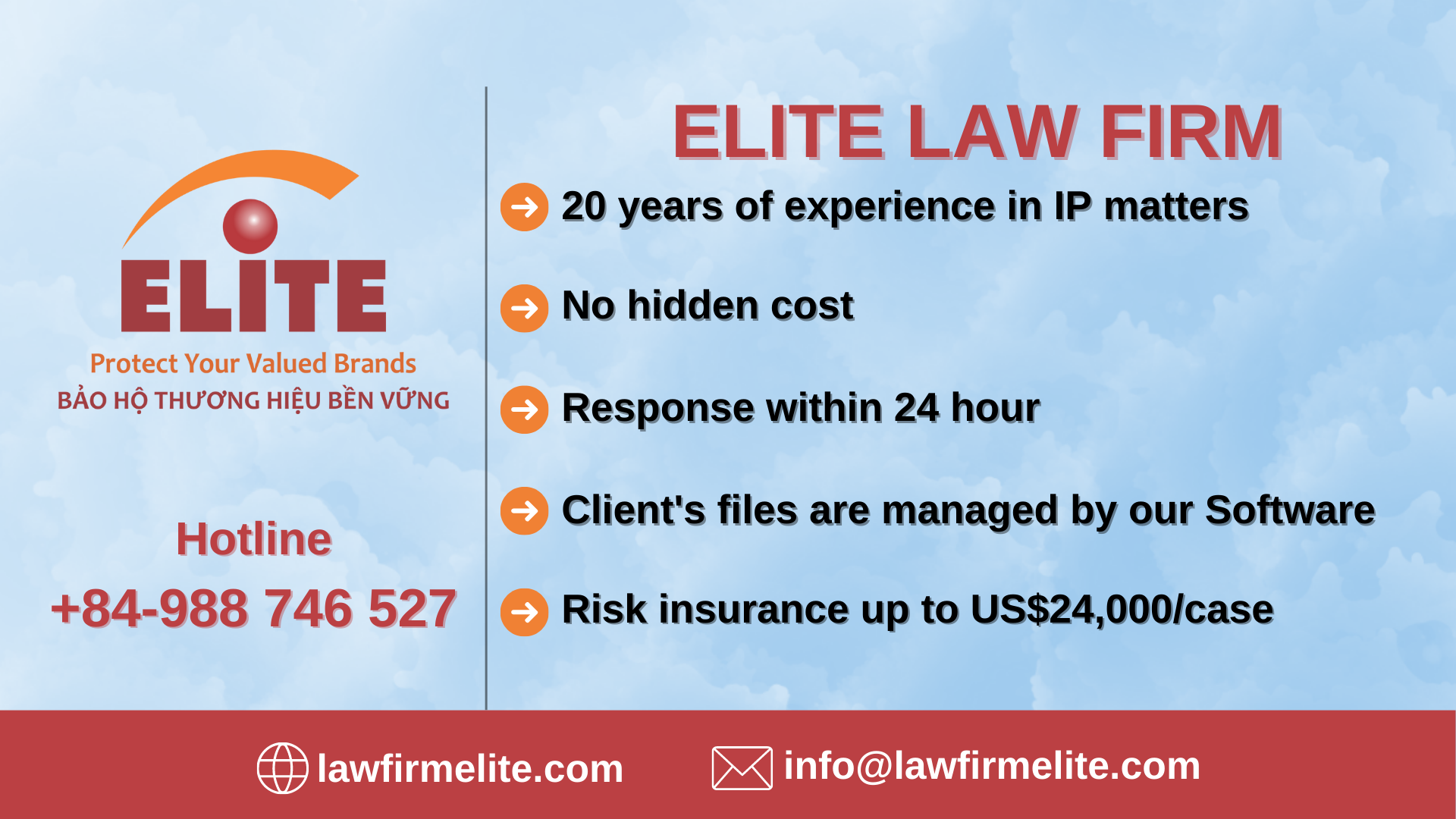TRADEMARK REGISTRATION IN KOREA
I. REQUIREMENT DOCUMENTS
a. Name, address and nationality of applicant (including the name of an executive officer, if the applicant is a juristic person);
b. The country and filing date of the priority application if the right of priority is claimed.
c. Original Power of Attorney;
d. 10 specimens of the trademark (8cm x 8cm or smaller in size);
e. The designated class/goods thereof;
f. Priority documents if the right of priority is claimed
NOTE:
(i) Any person who uses or intends to use a trademark in the Republic of Korea may file an application for the registration of a trademark. Although the Korean Trademark Act has adopted a registration system, the applicant should have a bona fide intent to use his/her trademark in the Republic of Korea. Nonetheless, trademarks which are not used must also be registered. Such trademarks, however, will be subject to cancellation if they remain unused for three or more consecutive years after their registration.
(ii) Document (a) and (b) must be submitted at the time of filing the trademark application. The name of an executive officer of the applicant may be added later on the applicant’s own initiative or in response to a notice of amendment issued from KIPO.
(iii) If the applicant fails to submit specimens of the trademark or power of attorney at the time of filing the trademark application, KIPO will issue a notice of amendment with a designated time limit to the applicant. The priority document must be submitted within 3 months from the filing date of the trademark application in the Republic of Korea. This time limit cannot be extended.
(iv) In order to enjoy the priority right, an application should be filed in the Republic of Korea within 6 months from the filing date of the priority application. The priority document should be submitted to KIPO within 3 months from the filing date of his/her application.
II. GENERAL TIME FRAME OF TRADEMARK REGISTRATION IN A SMOOTH CASE
The approximate time from application to registration (for a regular prosecution, without opposition) is 10 to 16 months, assuming that no Office Action is needed.
III. VALIDITY TERM
The duration of the protection of a trademark right is 10 years from the date of registration of the trademark, which may be renewed every 10 years.
For the renewal of a trademark registration, an application for the renewal should be filed with KIPO. Once a renewal application has been duly filed, the trademark registration is deemed to have been renewed on the expiration date of the original registration.
IV. PROCEDURE
1. Formal Examination
The application will be returned to the submitter without an application number and will be treated as if it had never been submitted in any of the following circumstances:
(i) where the kind of the application is not clear;
(ii) where the name or address of a person (or juristic person) who takes the procedure (i.e. the applicant) is not described;
(iii) where the application is not written in Korean;
(iv) where a specimen of the trademark is not attached to the application paper;
(v) where the designated goods are not described in the application paper; or
(vi) where the application is submitted, by a person who has no address or place of business in the Republic of Korea, without coming through a patent agent in the Republic of Korea.
Once the application has satisfied such requirements, KIPO assigns an application number and examines it against the formality requirements of the Trademark Act. If anything is found missing or wrong, the commissioner of KIPO will issue a notice of amendment with a specified time limit to the applicant. If the applicant does not comply with the requests for amendment, the trademark application will be nullified.
2. Substantive Examination
(i) Initiation of Examination
Unlike patent or utility model applications, trademark applications are automatically examined in order of their filing date. However, under Article 53(2) of the Trademark Act, the commissioner of KIPO may grant priority to trademark applications which satisfy certain requirements. The examination of a trademark application generally takes about 5 months from its filing date.
(ii) Requirement for Registration
For a trademark to be registered should meet the following requirements:
(a) It should fall under the definition of a trademark prescribed in the Trademark Act;
(b) It should be distinctive so as to serve as an indication of goods or if it is not inherently distinctive, it should have acquired a secondary meaning;
(c) It should not fall into any of the categories of trademarks unable to be registered as prescribed in the Trademark Act.
3. Publication
If an examiner does not find any grounds for rejection of a trademark application, or he/she decides the rejection has been overcome by the applicant’s response (argument and/or amendment), he/she shall render a decision to publish the trademark application.
Once a trademark application is published in the official gazette, the “Trademark Publication Gazette,” any person may file an opposition within two months (non-extendable). A notice of opposition containing a brief statement on the grounds for opposition must be submitted within the first thirty days. Then, the opponent may amend, add or supplement the grounds for opposition within the next thirty days.
4. Decision of grant of protection
Decision to register a trademark is the administrative measure which means that it has suitable requirements for a trademark registration as a result of the examination of the trademark application by the examiner, thus an applicant can receive establishment registration of a trademark right.
5. Registration
Upon decision of the trademark registration, an applicant can apply for establishment registration of the trademark right after paying the registration fee within the specified period.
In case you require more information or require advice on trademark in Korea.. as well as other IP matters, please do not hesitate to contact us via:

RSOLVING – IPR RIGHTS DISPUTES – QUICKLY
PROTECTION – IPR RIGHTS – SAFELY
SUSTAINABLE BRAND PROTECTION
ELITE LAW FIRM – 255 Hoang Van Thai Str., Thanh Xuan Dist., Hanoi, Vietnam
Tel: 0243 7373 051 | Hotline/Whatapps: 0988 746 527 | Email: info@lawfirmelite.com/vi















